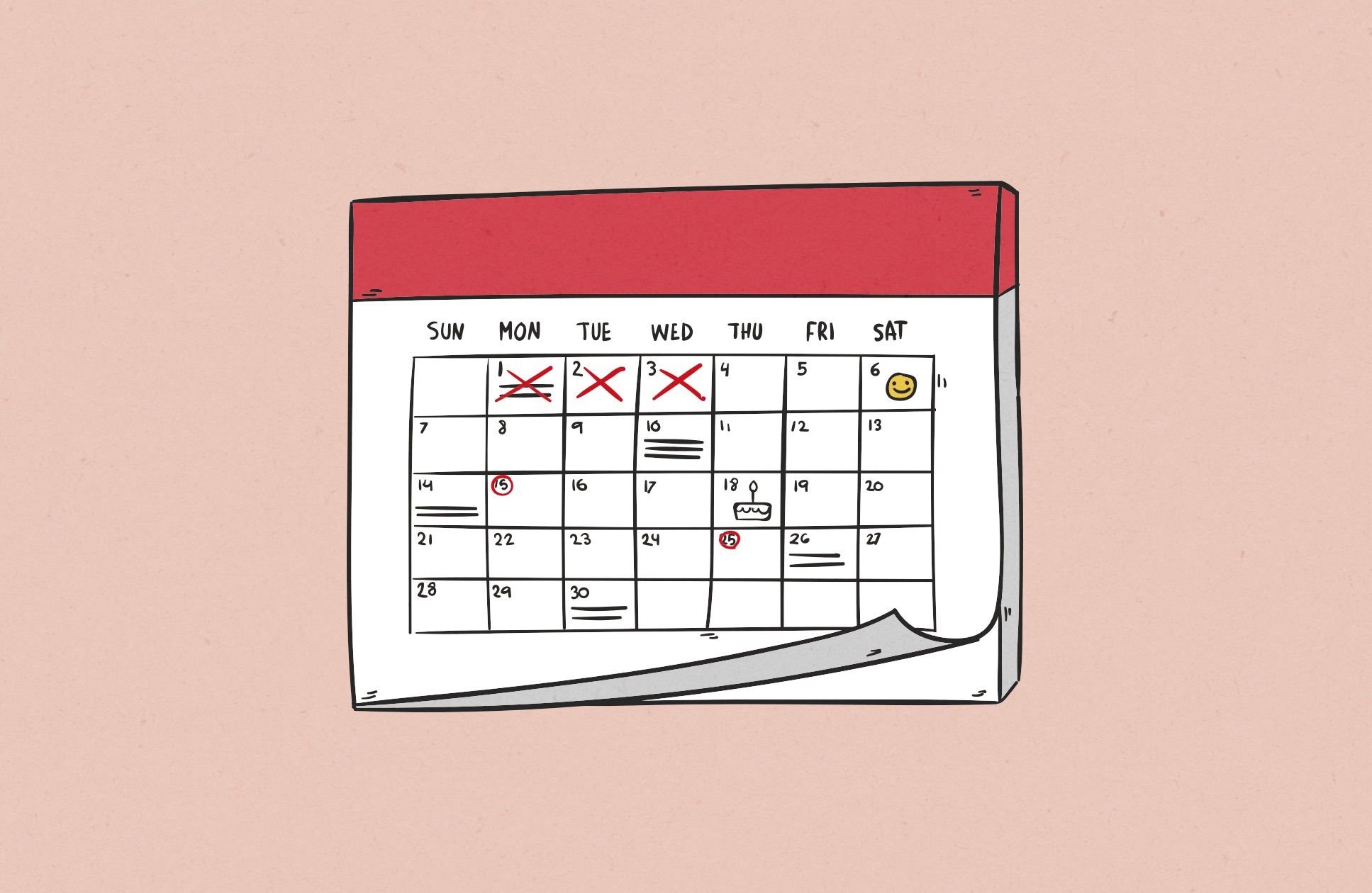How Long Is It To Create A Good UX Design And Project Timelines


We can work with time, or we can work against the time. And we have a difference in the quality of UX Design solutions in both cases.
You can set up a deadline for UX Design work, but you need to be competent in it. First of all, you need to understand all the processes. And what outcome do you expect to get from this work?
"What gets measured gets improved." - Peter F. Drucker
In the best-case scenario, UX Designer should define how much time it will take him to develop an effective solution since he understands the specifics of his work. And he has experience in working on similar projects or near to it.
Thus, no one knows better his work than he is.
Sometimes, we have situations where we don't have time to do deep user research and all kinds of tests. But, somehow, we need to cut something else in the UX Design process. We can do this, but we need to do it smartly, taking into account the purposes of specific UX solutions that we work on. We can make our business risky if we think we can fail without target audience research or tests.
How can we deal with all those things?
As far as we can't create something cool and fully completed under pressure of time. We need to use some principles at work.
We can't please everyone. So, we need to make design purposes clear and choose the right methods to succeed.
I use the FFF principle in the management of my UX Design work. We can have different schemes of work here. I'll give you examples.
So, the best scheme that I figured out is next:
- Fixed time;
- Fixed budget;
- Flexible scope of work.
In this case, we can fix our time at work and define a budget for this part of the work. The scope of work is flexible. And it means that we can complete as much as we can, taking into account the first two variables of this equation.
This is my favorite approach. We can separate a project on different rounds of work. That allows building an MVP (minimum viable product) of the project in a couple of first rounds. Right after that, we can move on to more detailed stages and improve UX Design as much as we need it to achieve desirable results. We can add features on the next rounds as well if it's necessary.
For instance, we can split the whole scope of work into weeks, and during 2 months, we have 8 rounds of work. It's easy to measure design work and make the right decisions in this kind of approach.
"Until we can manage time, we can manage nothing else." - Peter F. Drucker
If we want to work in UX Design service trial mode, we can make a deal for only 1-3 weeks of work. Many agencies and studios do it that way, even though I personally do not prefer to base work on time but rather on the outcome.
The nice thing about this trial period is that we can develop a design solution for one of the main areas in the project. Or we can create part of the project to understand what is best to do next and how it works along with business and customer needs.
This approach usually requires a final stage where we need to work on the consistency of everything done.
Documenting design solutions is important, but that should fit into the rounds of work and the complete scope of work. Small conceptual projects do not require heavy documentation or any documentation at all.
However, documenting the design journey can make it clear to all team members how it should work in different use cases and is needed to implement the design and make further tweaks and updates.
Why do I use this approach with separation of work on rounds?
This way of work is better than solid work on the design before the development team even starts touch design solutions to implement them for the real world. We shouldn't forget that UX Design as a final result is the document by which you can implement the design and launch the product (website, app). Mostly, design is not the final product. Especially if it's the web and/or interface design.
A designer can concentrate much better on the project if he has separation of the project into stages. However, it's best to create this plan with the designer, so stages of work make sense for both sides.
He needs to work on the selected part of the project at the present moment. Thus, the design process is more focused since we don't have distractions by making big gaps from one part of the project to another.
Focus on one thing at a time makes the whole process flow with a breeze. We can do higher quality work and be on time with the minimum risks. However, designers should know the whole scope of work. And prepared for all the stages.
It's important to concentrate on one piece at a time but know the whole scope of work.
Of course, we can be very flexible and use something like this:
- Flexible time;
- Fixed budget;
- Fixed scope of work.
But I prefer to use this scheme for a personal project, where I'm independent in my decisions.
In case when you work with this "stages" concept, you need to create project timelines.
It's necessary to know the deadlines of each round, even if it's just inner deadlines and you don't guarantee anything publicly. Thus, we can be productive on each round and the whole project.